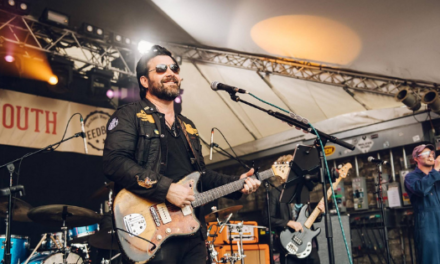Is the mythical character Hercules the father of combat sports?
The original Olympic Games, staged in Olympia, Greece, ran from 776 BC through 392 AD and were held every four years in conjunction with a festival to honor the Greek god, Zeus. The Roman Emperor Theodosius abolished the Olympics to rid his empire of paganism, in favor of the widespread adoption of Christianity in 392 AD.
For the first 12 Ancient Olympics, the only event was a short footrace of about 190 meters – or one length of the stadium – called a “stade.” Eventually, the Games expanded from one day to five, and a total of 18 events were added to the program.
The earliest additions were running events of various lengths, as well as wrestling, pentathlon, boxing, chariot racing, and the pankration, the most popular and brutal sport in the history of the Ancient Olympic games.
Pankration was a combination of wrestling and boxing, where neck holds and strangling were permitted, and only biting and eye-gouging were forbidden. Athletes would fight until the last man standing. Fighters could submit and accept defeat through waving a finger in the air, but death was commonplace as many Olympians would rather die than give up in defeat.
In Greek mythology, it was said that the hero Hercules invented pankration by using both wrestling and boxing to kill the Nemean lion, which was often depicted in ancient artwork.
Hercules was sent by King Eurystheus to slay the ferocious Nemean lion as the first of his 12 labours. While searching for the monster lion, Heracles collected arrows to use against it, not knowing that its golden fur was impenetrable. When he found the lion and shot at it with his bow, he discovered the fur’s protective property when the arrow bounced harmlessly off the creature’s thigh. After a long battle, Heracles made the lion return to his cave. The cave had two entrances, one of which Hercules blocked; he then entered the other side. In the darkness of the cave, Hercules stunned the beast with his fists and club. He eventually killed the lion by strangling it with his bare hands. Ancient Greeks idolized pankration from that day forward.
The tale of Arrichion of Phigaleia expresses why this was one of the most hotly anticipated events at the Ancient Olympics. While suffocating in a terrible stranglehold, Arrichion seized the foot of his opponent and, with the last of his strength, crushed it, dislocating his opponents’ ankle. Unable to bear the pain, the unnamed opponent raised his index finger to signal submission. At the very same moment Arrichion gasped his last breath and died. He was posthumously awarded the victory because his rival had surrendered.
In 1896, after a 1503-year absence, the Olympics returned, minus the pankration event. Organized by Pierre de Coubertin who formed the International Olympic Committee (IOC), the modern Olympics were born and took place in Athens. The five Olympic rings are symbolic of the five continents, and the colors were chosen because they all appear on the flags of all the competing nations around the world.
Thankfully, while still dangerous, the modern sports of boxing and wrestling are governed by new rules that forbid more than just biting and eye gouging! Perhaps mix martial arts, the closest sport to pankration today, will one day find itself as an Olympic sport.
LiveTPG.





